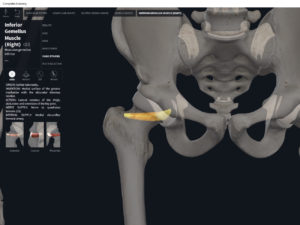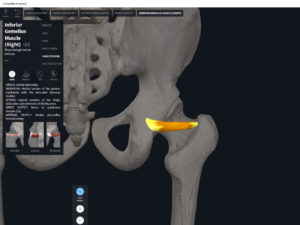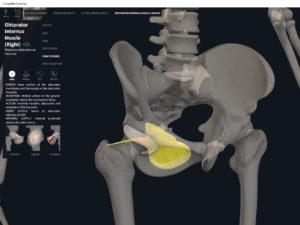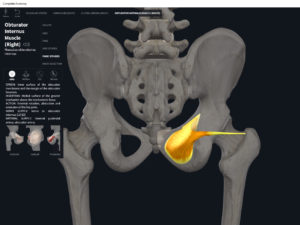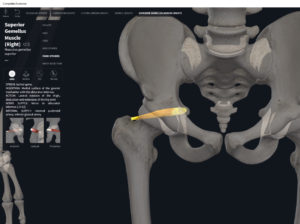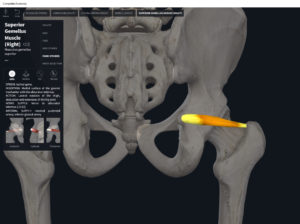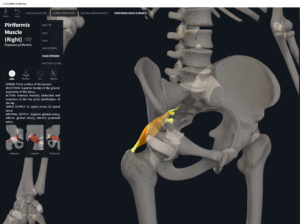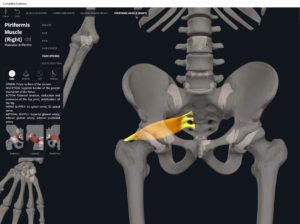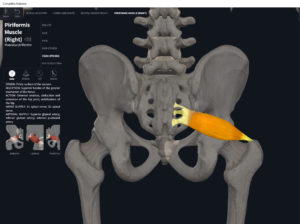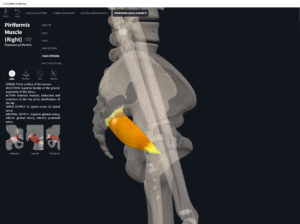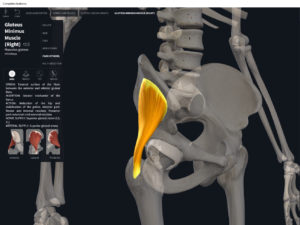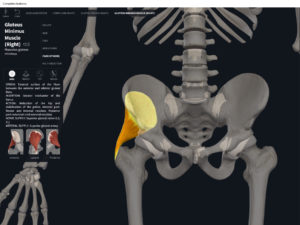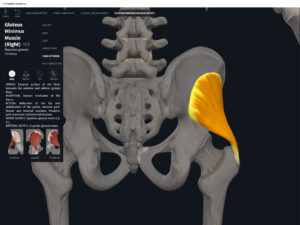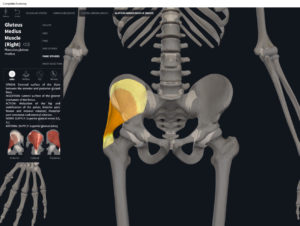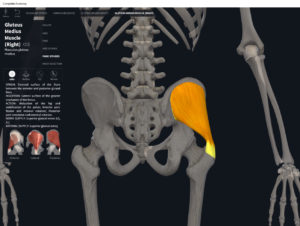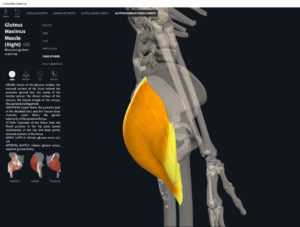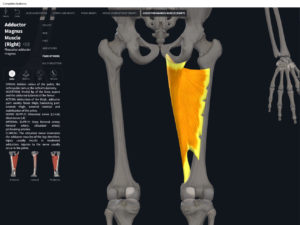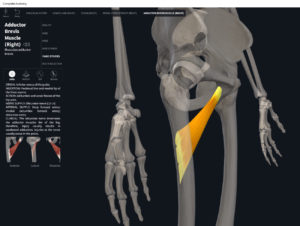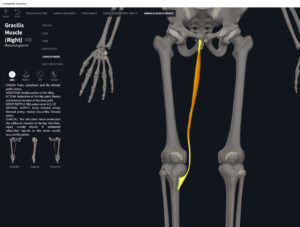Anatomy & Physiology: Muscles—Inferior Gemellus.
Structure.
- Origin: ischial tuberosity.
- Insertion: medial surface of greater trochanter of femur.
- Of deep lateral rotator group.
Function.
- Concentric action: lateral rotation, hip abduction.
- Reverse mover action: contralateral rotation of pelvis.
- Eccentric action: decelerates adduction and internal/medial rotation.
- Isometric action: stabilization hip and sacroiliac joints.
- Innervation: nerve to quadratus femoris.
- Arterial supply: inferior gluteal artery and obturator artery.
Clinical Significance.
More.
- https://www.anatomynext.com/gemellus-inferior/
- https://rad.washington.edu/muscle-atlas/inferior-gemellus/
- https://www.youtube.com/watch?v=hx-Ym0DOT5A
- http://anatomyzone.com/tutorials/musculoskeletal/muscles-of-the-thigh-and-gluteal-region/
References
Biel, A. (2015). Trail guide to the body: A hands-on guide to locating muscles, bones and more.
Clark, M., Lucett, S., Sutton, B. G., & National Academy of Sports Medicine. (2014). NASM essentials of corrective exercise training. Burlington, MA: Jones & Bartlett Learning.
Jenkins, G., & Tortora, G. J. (2012). Anatomy and Physiology: From Science to Life, 3rd Edition International Stu. John Wiley & Sons.
Muscolino, J. E. (2017). The muscular system manual: The skeletal muscles of the human body.
